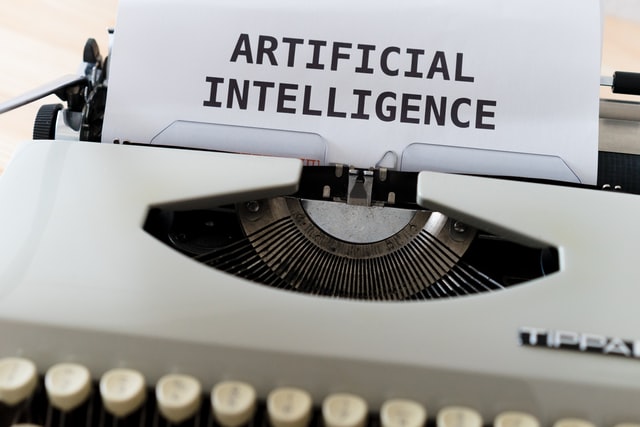
Please, don't consider this article too serious.
While playing around machine learning, we've found pretty interesting white paper about GPT-2. Let's find out what it can generate about web scraping!
What is GPT-2?
Generative Pre-trained Transformer 2, commonly known by its abbreviated form GPT-2, is an unsupervised transformer language model and the successor to GPT. GPT-2 was first announced in February 2019, with only limited demonstrative versions initially released to the public. The full version of GPT-2 was not immediately released out of concern over potential misuse, including applications for writing fake news.
This text completely consists of GPT-2 output about Web Scraping as a service
Web scraping, also known as web data extraction, is the process of retrieving or “scraping” data from a website. Data displayed by most websites can only be viewed using a web browser. Most websites do not provide the option to save the data which they display to your local storage, or to your own website. This is where a Web Scraping software like ScrapingAnt comes in handy. The other example using text-based data mining is the web crawler, wherein you can save any webpage, redirect or even write new content on an executable.
Using the new method of scraping, you can actually save any webpage through a website. The web crawler can scan the content of a document, apply a search and search for any site to see the content of their files, or simply create a new index. The only way to extract the data that is displayed on your site is by using a crawler. If you use a tool like PGP/Konfig, the crawler does not require the user interface. As such it is good to remember that this is not a way to save content.
Web scraping on Linux and Mac OS is widely used in web application development, and the Google App Engine is a leading tool for the task. The most important thing is to implement your application in a developer environment that is easy enough to use. This will help you do your job without wasting your time in developing cross-platform apps.
It's not just about the content of photos, but the code that works for both native and native apps. By using Web scraping, you get an integrated web scraping tool installed and a powerful Web scraping framework called ScrapingAnt. If you want to simplify your development with web scraping, Google's Web scraping tool Chrome, Mozilla Suite and Adobe are all standard web scraping frameworks. The best part of all is that Chrome and desktop are also web scraping frameworks for both of them.
In practice, we've found that an effective way for a web crawler to do what we already do may be to do an approach similar to what we've done. I'd be surprised if we avoided actually doing so—if for no other reason than the people who actually write ScrapingAnt have no problems. But, even assuming that we've gone away we are willing to spend a lot of time and effort to improve our web tooling in order to prevent it from being useful. I personally believe that this approach would be a useful application, but unfortunately, there are a few cases in which it's not feasible. As a result, I've decided that we'll revisit our ScrapingAnt approach with a more advanced approach.
So with using ScrapingAnt you can forget about being blocked from the data and enjoy the best part of scraping – data analysis. The other thing you do is, you do a good job of collecting, using and managing your data. The ScrapingAnt data is great but there is one reason a lot of this data is not data. It is hard to analyze a piece of data, when you just can't be sure of what it will look like.
Conclusion
So at this point, I'd like to take care of this article to human hands 🙂 GPT-2 output looks raw, but hopefully, it can be very handy for the copyrighters and starting blog owners to generate the skeleton for the text. Luckily, the new model GPT-3 has been introduced by OpenAI, but the learning costs for the new model is about 200 times bigger than for GPT-2.
Also, GPT-2/3 models can help you to reduce your expenses for web scraping, as it allows you to generate more data for your dataset from smaller scraped parts.
Special thanks to OpenAI: https://openai.com/ (An academic access program for researchers and academics that would like to build and experiment with the API is available)
And the pre-trained model from Hugging Face: https://huggingface.co/gpt2